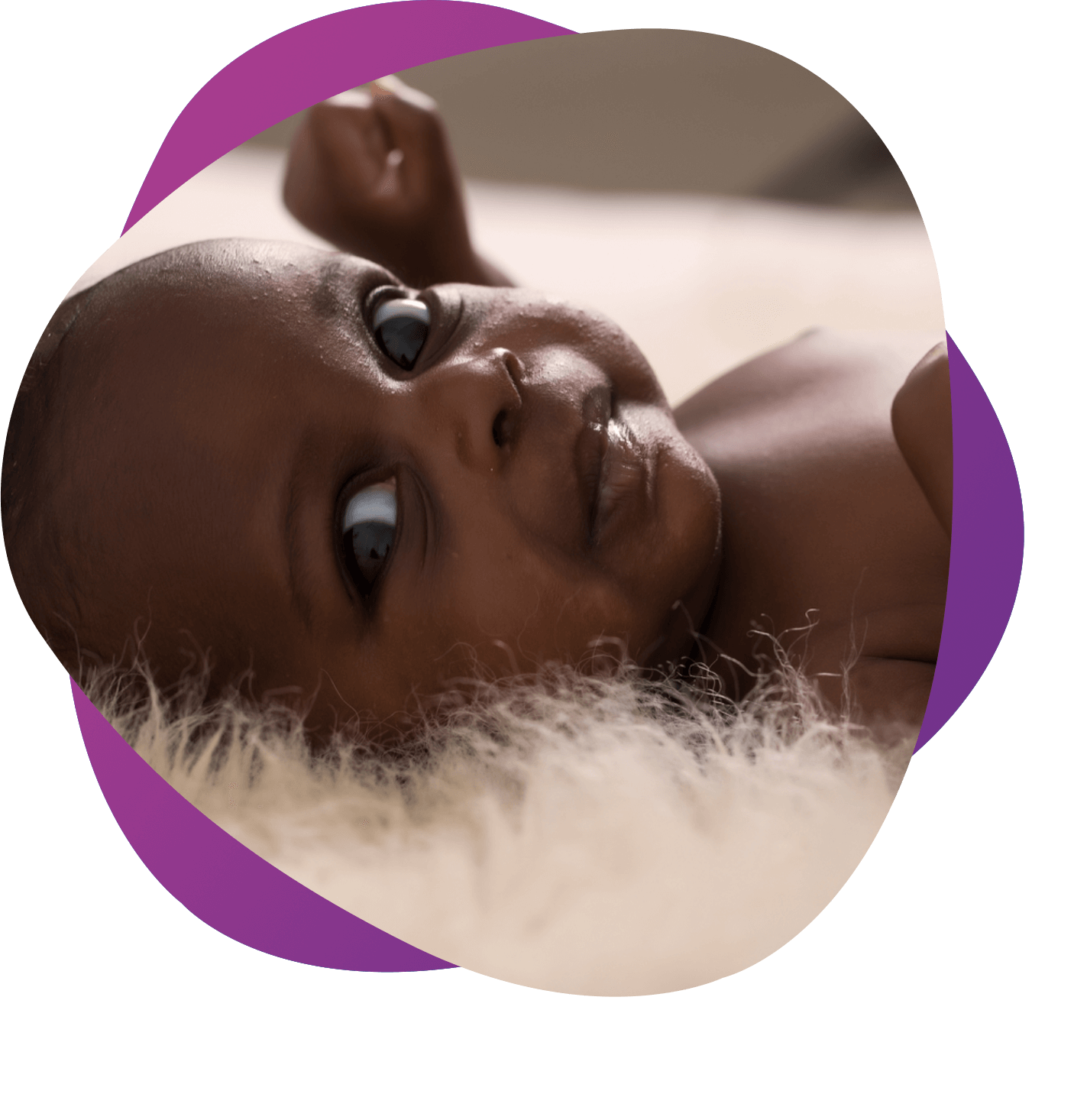that directly affect the development of a baby’s organs, tissue, blood, and the immune system while it is developing in the womb.
Saving Lives
What is Cord Blood?
Cord blood is the residual blood that remains in the umbilical cord after the baby is delivered.
This cord blood and the accompanying cord tissue are both filled with stem cells.

Stem Cells
These stem cells are natural occurring cells
Stem Cells are part of each person’s natural design. Each person is created with these cells that possess these developmental characteristics. Additionally, these same cells possess curative properties that can positively affect health and wellness in other ways.
Stem cells retrieved from the umbilical cord blood and umbilical cord tissue can be stored and then accessed at a later time to help restore a healthy immune system caused by certain disease.
Stem cells from cord blood and umbilical cord tissue have been treating and improving lives for over three decades. There are over 80 diseases or conditions that are now being successfully treated – lives are being saved.
Treatment Conditions
Donated cord blood could possibly help save the life from someone afflicted with one of the following diseases or conditions:
CANCERS:
- Acute Lymphoblastic Leukemia (ALL)
- Acute Myeloid Leukemia (AML)
- Burkitt’s Lymphoma
- Chronic Myeloid Leukemia (CML)
- Hodgkin’s Lymphoma Chromic Myelomonocytic Leukemia (CMML)
- Juvenile Myelomonocytic Leukemia (JMML)
- Lymphomatoid Granulomatosis
- Myelodysplastic Syndrome (MDS)
- Neuroblastoma
- Non-Hodgkin’s Lymphoma
BLOOD DISORDERS:
- E-β+ Thalassemia
- E-βo Thalassemia
- HbSC Disease
- Sickle βo Thalassemia
- Sickle-Cell Anemia (Hemoglobin SS)
- α-Thalassemia Major (Hydrops Fetalis)
- β-Thalassemia Intermedia
- β-Thalassemia Major (Cooley’s Anemia)
MISCELLANEOUS:
- Hemophagocytic Lymphohistiocytosis
- Osteopetrosis
- Langerhans Cell Histiocytosis
METABOLIC DISORDERS:
- Adrenoleukodystrophy Gaucher’s Disease (Infantile)
- Alpha Mannosidosis
- Gunther Disease
- Hermansky-Pudlak Syndrome
- Hunter Syndrome
- Hurler Syndrome
- Hurler-Scheie Syndrome
- Krabbe Disease (Globoid Cell Leukodystrophy)
- Lesch-Nyhan Disease
- Maroteaux-Lamy Syndrome
- Metachromatic Leukodystrophy
- Mucolipidosis Type II, III
- Niemann Pick Syndrome, Type A and B
- Sandhoff Syndrome
- Sanfilippo Syndrome
- Tay-Sachs Disease
IMMUNODEFICIENCIES:
- Adenosine Deaminase Deficiency
- Ataxia Telangiectasia
- Chronic Granulomatous Disease
- DiGeorge Syndrome
- IKK Gamma Deficiency
- Immune Dysregulation Polyendocrineopathy
- Leukocyte Adhesion Deficiency
- Myelokathexis X-linked Immunodeficiency
- Omenn’s Syndrome
- Reticular Dysplasia
- Severe Combined Immunodeficiency
- Thymic Dysplasia
- Wiskott-Aldrich Syndrome
- X-Linked Agammaglobulinemia
- X-Linked Lymphoproliferative Disease
- X-Linked Mucolipidosis, Type II
BONE MARROW FAILURE SYNDROMES:
- Amegakaryocytic Thrombocytopenia
- Congenital Dyserythropoietic Anemia
- Congenital Sideroblastic Anemia
- Cyclic Neutropenia
- Diamond-Blackfan Anemia
- Dyskeratosis Congenita
- Evan’s Syndrome
- Fanconi Anemia
- Glanzmann’s Disease
- Juvenile Dermatomyositis
- Kostmann’s Syndrome
- Red Cell Aplasia
- Severe Aplastic Anemia
- Shwachman Syndrome
- Thrombocytopenia with absent radius (TAR Syndrome Autoimmune Neutropenia – Severe)

